Food, Travel, Opinion, Inside Story
Indigenous Native Cuisine Loves Melbourne
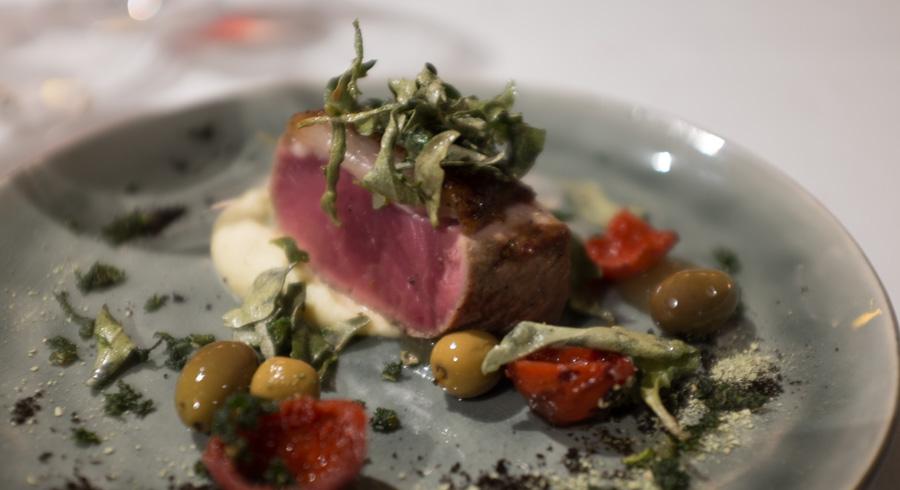
What to do with a bunya nut? Indigenous native ingredients; fearful for many chefs who may not be used to such delicacies as part of their classic chef training. What we are seeing now is a wave of bold chefs willing to venture into the waters of innovative cooking with Australian native ingredients.
It gets back to the question of "what is Australian cuisine?". There seems to be two schools of thought; one school advocates that our native cuisine is the merger of the multicultural experience. That we are defined by the rich diversity of national cusinines brought to Australia by immigrants. Even George Calombaris has called one of his restaurant genres Jimmy Grants, named after the immigrants who have enriched our shores with amazing food.
Another school of thought is that our cuisine is defined by the native ingredients we find around us in Australia; from saltbush to lemon myrtle to river mint. It is argued these native edibles give us distinctive Australian flavours. It is argued that when diners from overseas visit and enjoy native dishes, it's something they can't get anywhere else.
Both schools of thought are valid, and there's room for both.
What we have noticed is a rise in the innovative use of Australian native ingredients in restaurants in Sydney and Melbourne.
Some of the native ingredients we are noticing includes:
- Saltbush
- Quandong
- Mud Crabs
- Macadamias
- Bunya Nuts
- Eucalyptus
- Native fish
- Pepper Berry
- River Mint
- Wattleseed
- Warrigal greens
- Mountain Pepper
- Davidson Plum
- Lemon Aspen
- Wild dill
- Moreton Bay Bugs
- Desert limes
- Kangaroo, Wallaby
- Bush apples
- Lemon Myrtle
Here are 3 restaurants in Melbourne that standout with innovative use of Australian native ingredients:
1. Attica - Ripponlea
The leader in native ingredients is surely Ben Shewry from Attica. The World Loves Melbourne recently interviewed Ben Shewry about native ingredients for an overseas publication. We asked Ben, Can you give an example of how you turn Australian native ingredients into captivating cuisine?
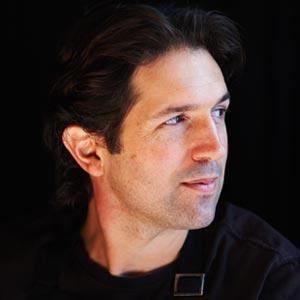
Ben Shewry's answer was captivating: "My history is that I came from New Zealand. Australia is my home but I’ve come from a place of “looking from the outside in”. It all started close to 8 years ago when a neighbour brought me some produce from across the Victorian/South Australian border. He brought me a fruit called quandong; one of the first native Australian fruits that I’d seen.
My neighbour brought me a large bag of quandongs and said, “Do you want these? Nobody wants them. Are you interested in them?” And I said, “Yeah, sure.” I took them and they were sour and quite dry and difficult to work with. It took some time for me to understand them.
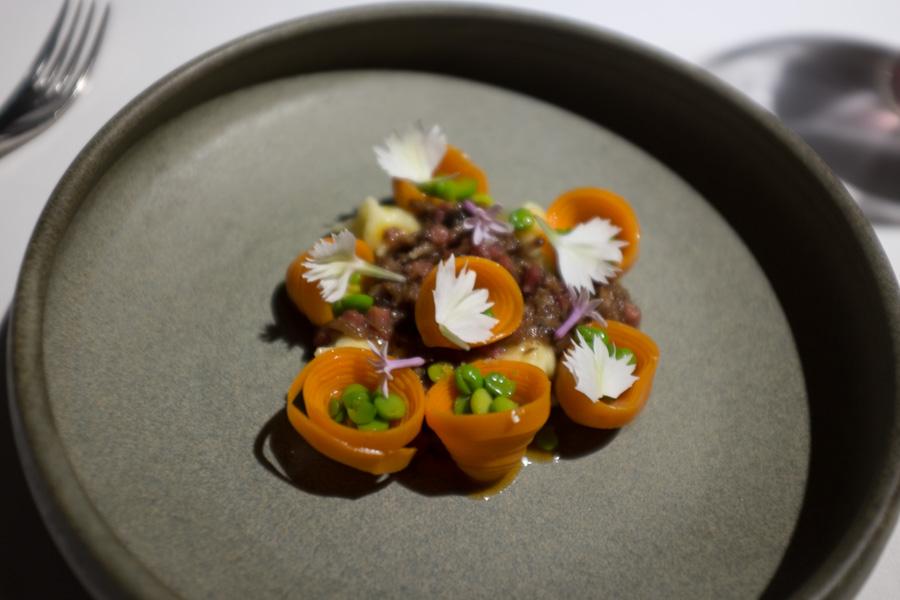
There are lots of Australian native ingredients that people use everyday but don’t often realise it. For example our fish, and our shellfish are native. The mussels that we serve from Port Phillip Bay are specific to that bay.
Lots of the things we take for granted, that we use everyday in Australia, most people don’t think of as native Australian produce. People think that native Australian ingredients are only about unusual herbs or the native fruits. But it’s so much more than that.
King George Whiting is a native fish. Mud crabs are native. Spanner crabs are native. Macadamias are native.
It’s interesting what people’s perception of native ingredients is. I’m aware most people have never eaten the native fruits of Australia.
I found native ingredients fascinating because they spoke about the land. Not of another country. I was trying to find out what it meant to be a cook in Australia. Without that strong heritage that other countries enjoy, and without that element of “regional specialties” that many counties enjoy, then how do you define our cuisine? I guess you start to cook with the native ingredients that are unique to Australia.
Cooking with native ingredients, if someone comes here from overseas for example, they can’t say it’s just like any other restaurant.
The way we cook at Attica is different, but the ingredients we use are very different.
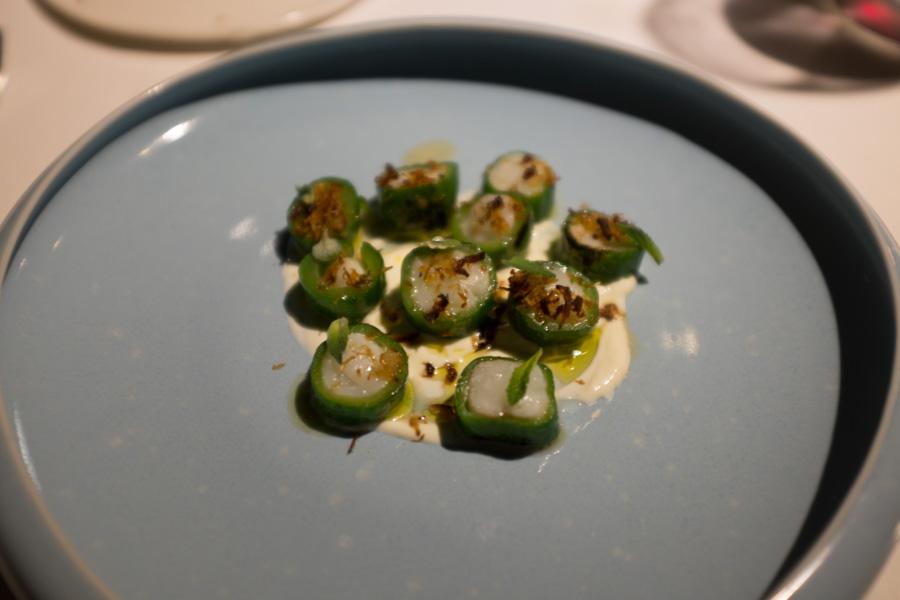
Using native ingredients, you need to go about it the right way and not force it. And just using native ingredients for the sake of using them is not good enough either. The dishes have got to make sense in a delicious way. There needs to be education in cooking as native ingredients aren’t the easiest to work with. You need to harness the uniqueness of them. That takes a lot of time. You can’t just put them on a plate; frankly I think that’s kind of dumb.
When it comes to native ingredients you need to spend time and research them, and then understand them. Otherwise there’s no deep understanding or “soul” to them. If you put them on a plate its kind of just following a trend.
We’ve never been interested in any trends. I wouldn’t even know what the trends are. And I guess we’ve never been a trendy restaurant in that sense. We were never born out of fashion."
2. Masons of Bendigo
We also visited Masons of Bendigo (OK this one is out of Melbourne) and were highly impressed by the use of native Australian ingredients. Nick Anthony loves to cook with French and English styles but we also noticed savvy use of native Australian ingredients. The food here is sexy with high levels of sophistication but also approacheable. Masons of Bendigo were recently awarded a hat from The Age Good Food Guide for a second year in a row. This is a great dining experience - modern and relaxed - less than 2 hours from Melbourne. Stay in Bendigo and visit Masons for dinner is a great weekend getaway plan.
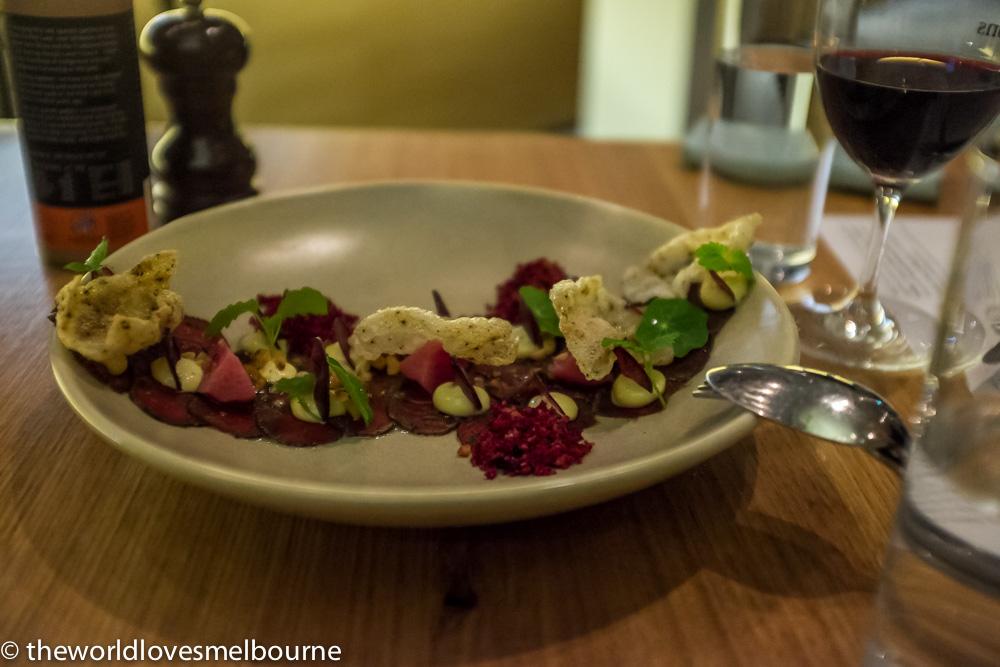
Speaking with Nick, there's a paddock to plate philosophy at Masons. Nick raves about the quality of local produce available, and the core ingredients remain the "hero" of the dish. We raved about this Kangaroo Loin Carpaccio, bush tomato mayonnaise, macadamia, lemon myrtle, wattleseed crisps. Here we have a fine line up of Australian native ingredients in a flavoursome balanced dish with superb presentation. Creaminess and crunch. Kangaroo is highlighted with delicate sophistication. Bush tomato brings such a depth of flavour.
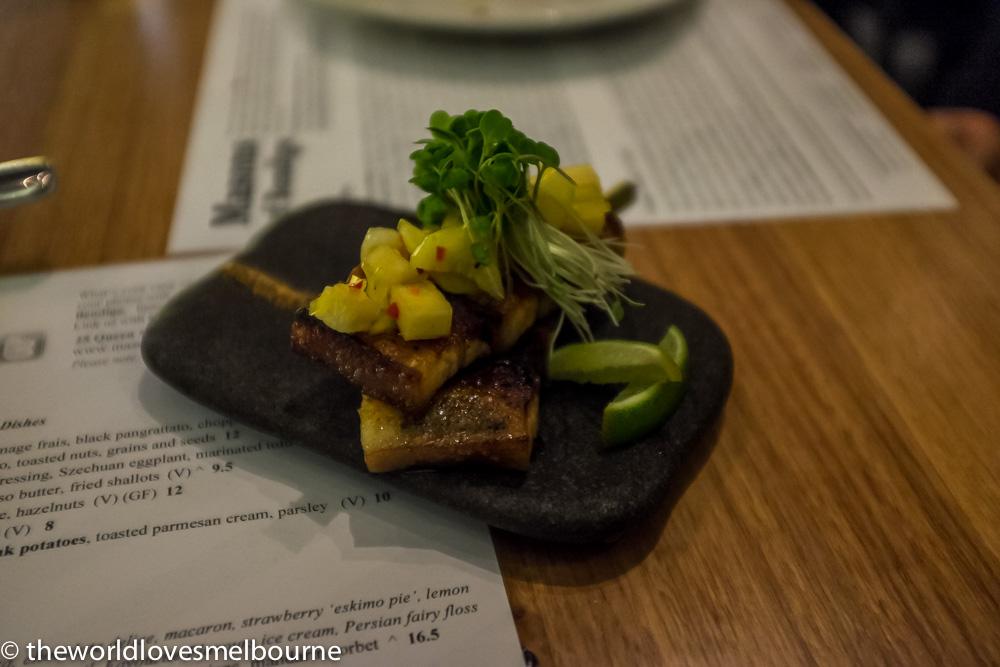
McIvor Farm Berkshire Pork Belly skewers, roasted shrimp, pineapple and cashew salad.
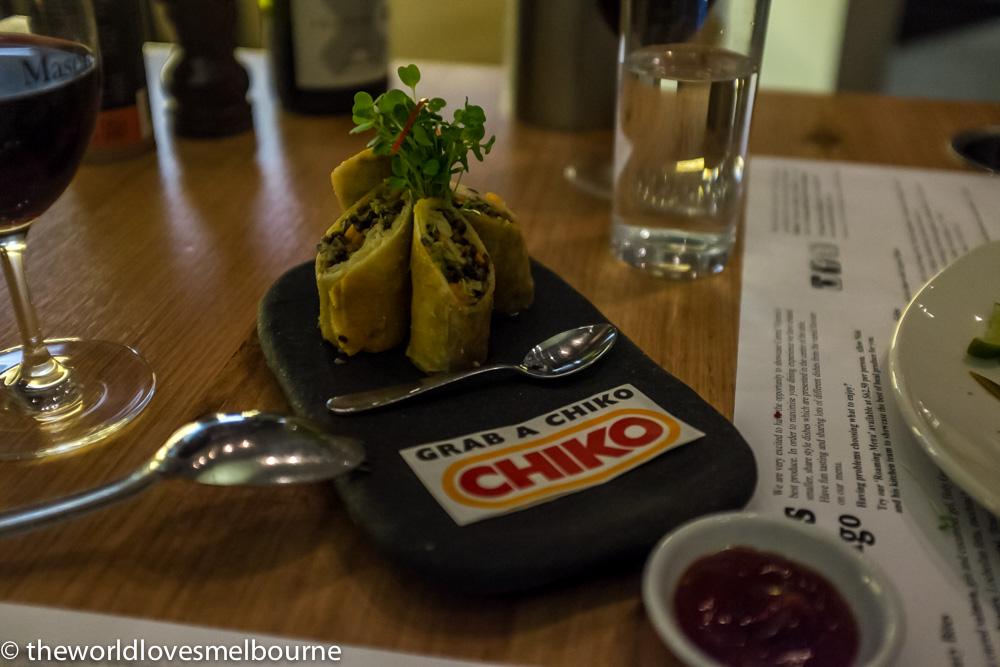
Here's something spectacular and playful. Chiko Roll wars have been playing out in recent times; who actually invented the Chiko roll? Nick has his own playful take on the Aussie Chiko Roll. And it's a gourmet rendition. We don't know the ingredients inside Nick's Chiko Roll - secret recipe. But it's a taste sensation, together with the smoked ketchup.
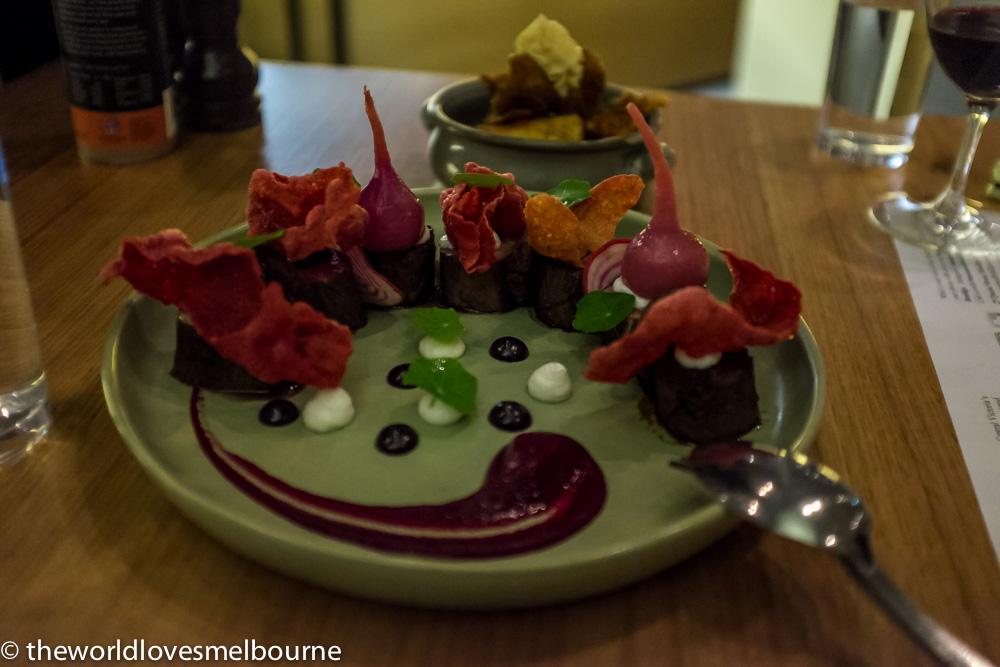
Here's an ode to Australia. Roast Wanbi Plains lamb loin, crispy belly, rolled shoulder, black olive caramel, fromage, beetroot crackle. It's lamb done three ways! Masons of Bendigo is a must visit restaurant in Bendigo. It honours local produce from Paddock to Plate. It's not exclusively about native ingredients but their use of native ingredients stood out to us, so that's why we included it. It's a fine example of showcasing Australian food, even with use of French, English and Asian influences.
3. Altair Restaurant - Warrandyte
Kelvin Shaw is at the top of his game as a leader in the innovative use of indigenous ingredients; from berries to a stinging nettle puree to the use of bush tomatoes.
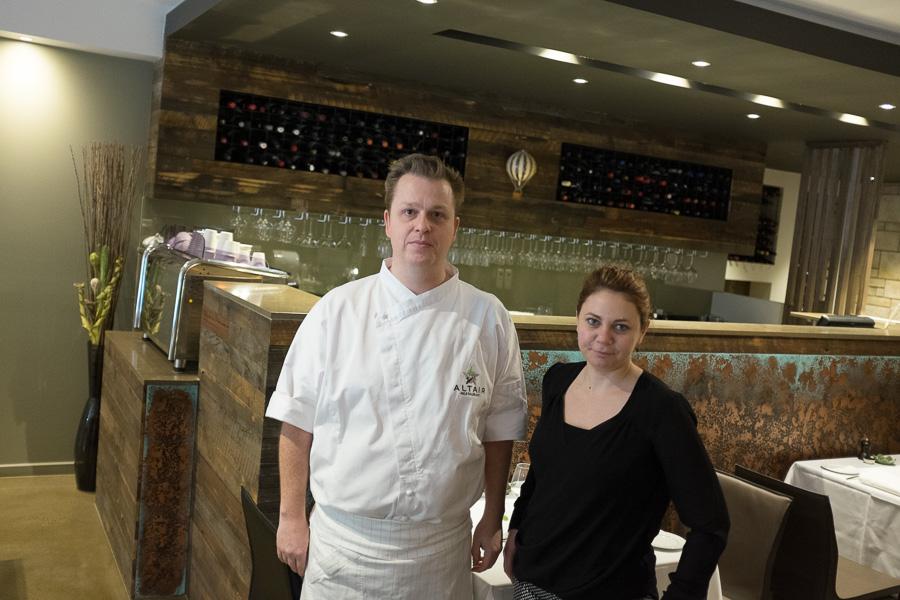
The World Loves Melbourne enjoyed Altair Restaurant's Indigenous Dinner, a feature of Good Food Month. The World Loves Melbourne notes Kelvin uses native ingredients extensively; the menu at Altair is ever changing but always embraces new and innovative indigenous dishes.
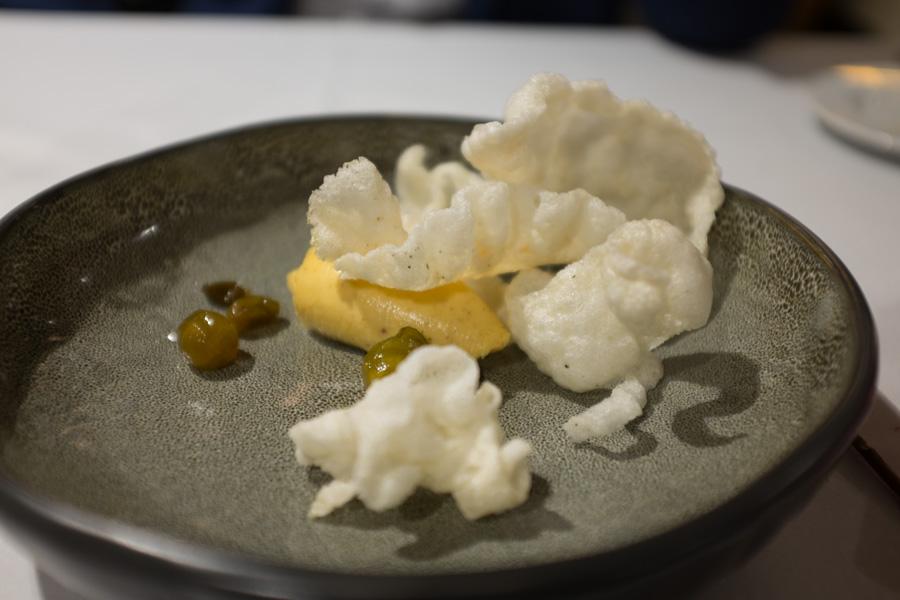
The joy of Desert limes! Crystal Bay prawn cracker, desert lime and brown butter aoli. This dish highlighted the brilliance of desert limes rather than normal limes.
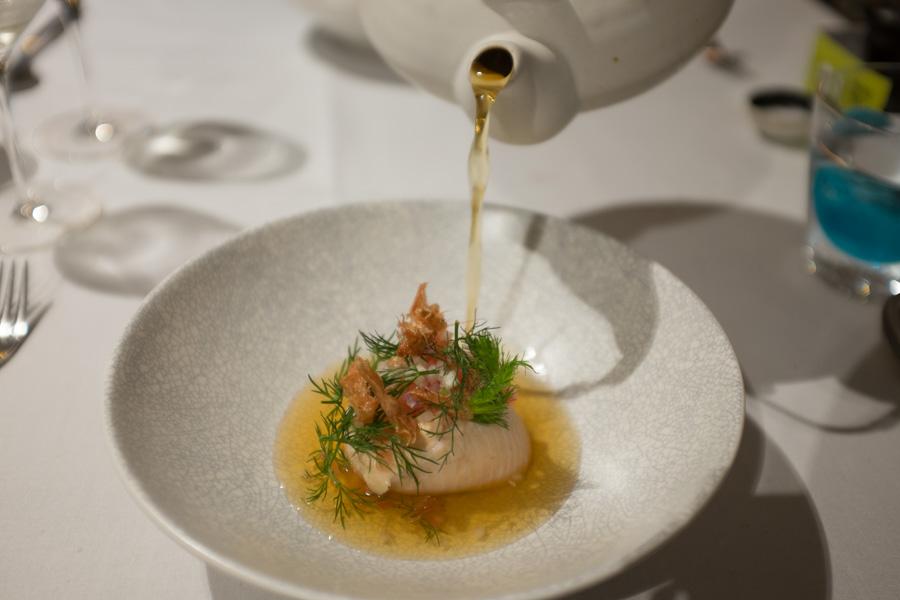
Then there's bush tomatoes! Kelvin says, "Why always use normal tomatoes when you can enjoy the nuances of bush tomatoes." Rainbow trout paupiette with bush tomato, native lemongrass and ginger consomme, wild dill was a highlight of the menu. Creamy fish with depth of flavour in the bush tomato, and the consomme was compelling. Fish flavours with native ingredients is a superb combination.
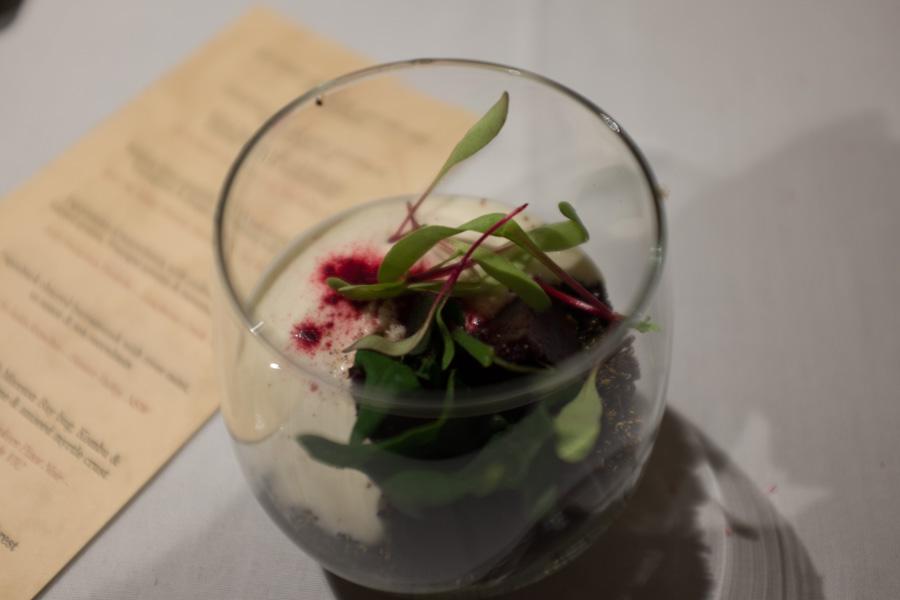
Then there's the play with texture; expressions of macadamia with pickled beetroot, toasted grains, Warrigal greens and mountain pepper. This was a unique dish that resonated with texture highlights including the abundance of grains against pickled beetroot. Warrigal greens are something akin to spinach or bok choy.
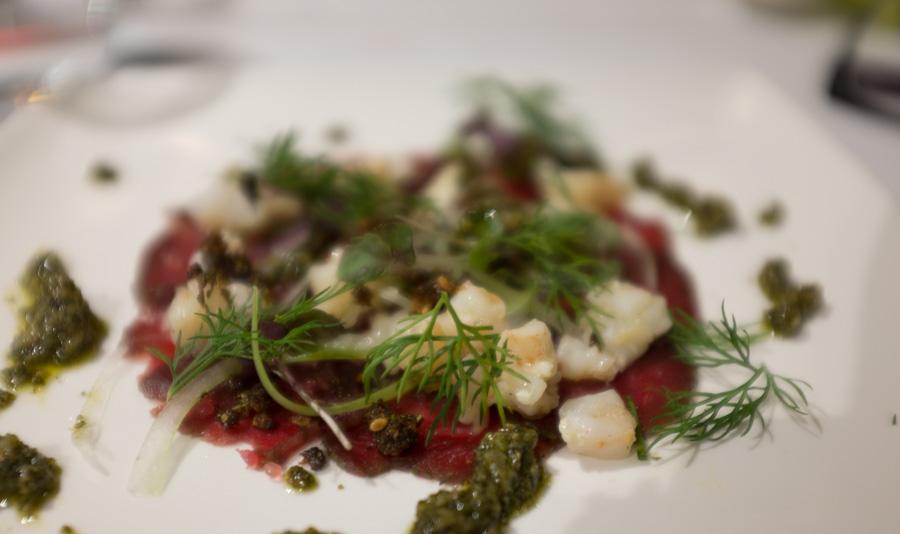
How about eating emu or wallaby? Emu carpaccio with Moreton Bay Bug, Kombu and bonito butter, finger lime and aniseed myrtle crust. Who would have thought of matching emu with Moreton Bay Bug? So much going on here in terms of native ingredients!
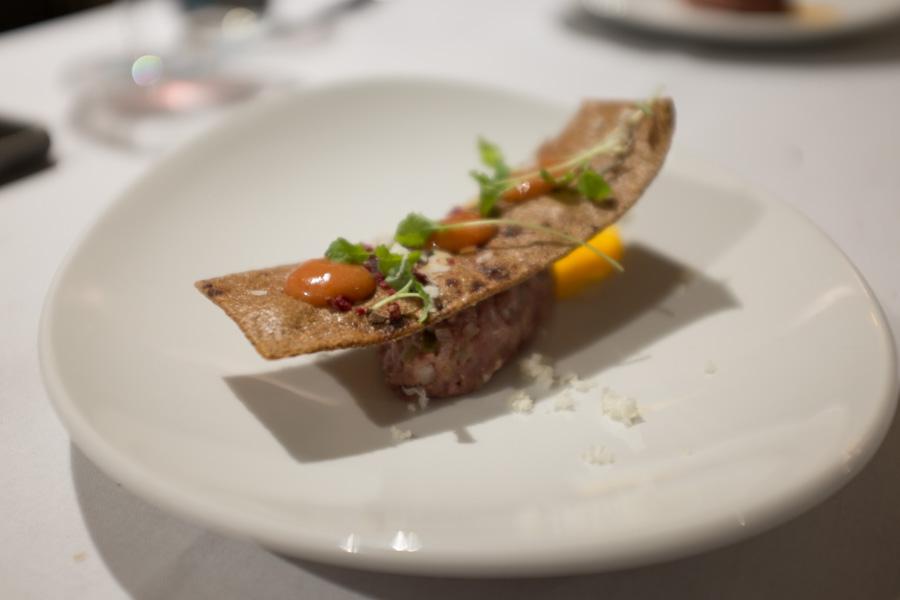
Wallaby tartare with wattle seed, rainforest tamarind, cured egg yolk and lamington. We love a good tartare and this was the first time we've ever eaten wallaby tartare; an enchanting dish that you would be hard pressed to find anywhere else.
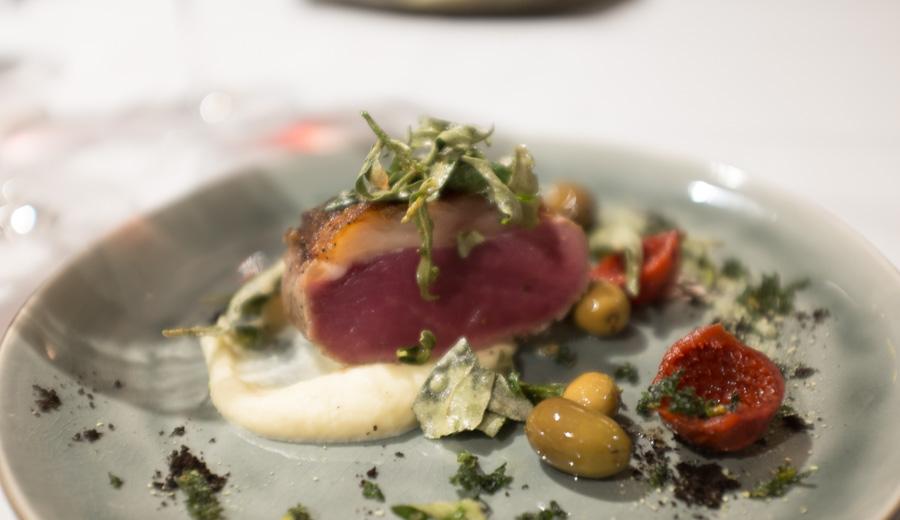
Or how about Australian lamb smoked with eucalyptus? Eucalypt smoked lamb, wild Australian olives, quandongs, salt baked celeraic and saltbush. A cracking indigenous dish.
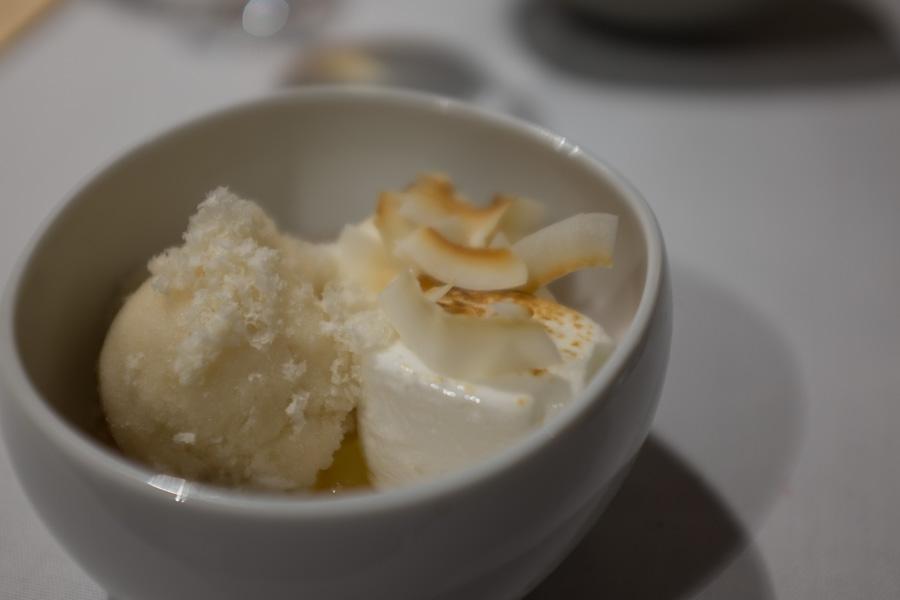
Desserts can also be taken to another level with native ingredients; such as this Davidson plum panna cotta, toasted coconut, bunya nut marshmallow with lemon myrtle, gin and billy tea sorbet.
Altair Restaurant is a gem on the native cuisine landscape and well worth a visit; not only will you enjoy an amazing dining experience but leave with a greater understanding of Australian native ingredients. Kelvin takes you to places few chefs will even attempt, but all the while the food is well thought out with texture and taste balance.
Check out Attica, Masons of Bendigo and Altair for innovative use of Australian native ingredients. We also note exceptional native cuisine from Vue De Monde, Charcoal Lane, and cafe Gypsey and Musquito, to name a few. Surely such cuisine helps define a unique and exciting Australian cuisine; a point of difference that stands tall in the world foodie scene. And Melbourne is at the forefront!
